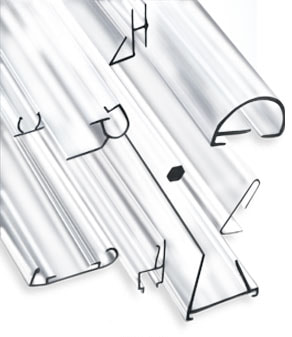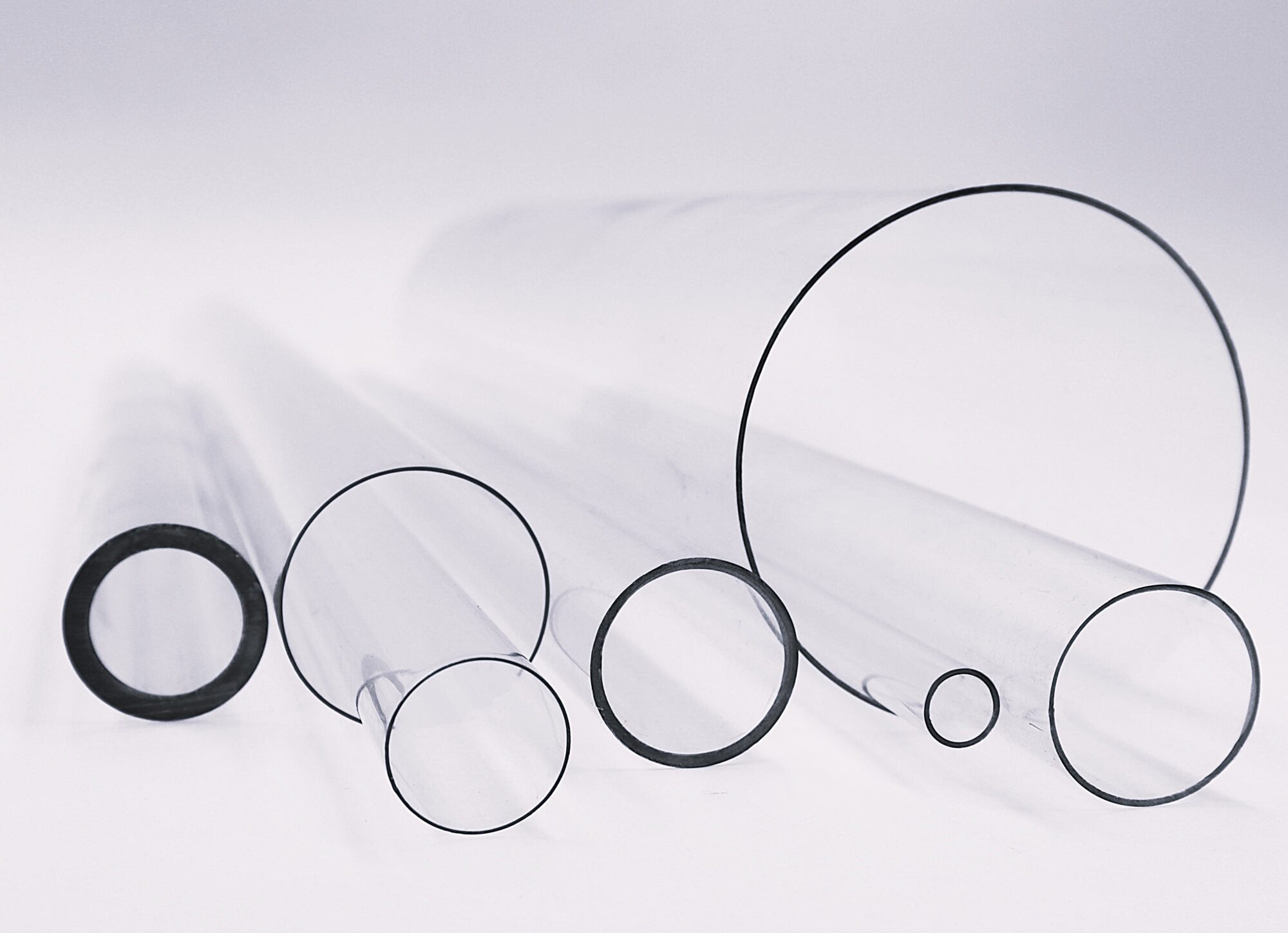When selecting packaging materials, businesses must consider durability, cost, sustainability, and functionality. Two primary categories dominate the plastic packaging industry: rigid plastic and flexible plastic. Understanding the differences between these materials can help companies make informed decisions to optimize their packaging solutions.
What is Rigid Plastic?
Rigid plastics maintain a firm shape and offer structural integrity, making them ideal for packaging that requires protection, reusability, or an upscale appearance. These plastics are commonly used in containers, bottles, trays, and clamshell packaging. Some of the most frequently used rigid plastics include:
- Polyethylene Terephthalate (PET) – Found in beverage bottles, food containers, and personal care product packaging due to its strength and recyclability.
- High-Density Polyethylene (HDPE) – Used for milk jugs, detergent bottles, and rigid food containers, offering chemical resistance and durability.
- Polypropylene (PP) – Common in caps, food storage containers, and medical packaging due to its heat resistance and toughness.
- Polystyrene (PS) – Used in protective cases, CD covers, and food service trays, though it has faced scrutiny due to recyclability concerns.
Advantages of Rigid Plastic:
- Durability: Protects products from impact, extending shelf life and reducing damage.
- Product Visibility: Often available in clear options for enhanced branding and product display.
- Reusability: Many rigid plastic containers can be repurposed, offering sustainability benefits.
- Enhanced Perceived Value: Creates a premium appearance for high-end products.
What is Flexible Plastic?
Flexible plastics are lightweight and adaptable, commonly used for packaging that requires versatility, extended shelf life, and ease of transport. They include materials such as films, pouches, and shrink wraps. Some key types include:
- Low-Density Polyethylene (LDPE) – Found in plastic bags, shrink wrap, and squeezable bottles due to its flexibility and moisture resistance.
- Polyethylene (PE) and Polypropylene (PP) Films – Used for food pouches, snack packaging, and pharmaceutical wraps.
- Polyvinyl Chloride (PVC) – Utilized in shrink sleeves and blister packaging for its ability to conform to product shapes.
Advantages of Flexible Plastic:
- Lightweight: Reduces transportation costs and carbon footprint.
- Space-Saving: Takes up less storage space compared to rigid packaging.
- Cost-Effective: Uses less material per unit, often leading to lower production costs.
- Customization: Allows for various barrier properties to extend product freshness.
Rigid Plastic vs. Flexible Plastic: Key Considerations for Businesses
When determining which type of plastic packaging suits your business needs, consider the following factors:
1. Product Protection
Rigid plastics provide superior protection for fragile or high-value products. They are ideal for items that require a strong barrier against impact, contamination, or tampering. Flexible plastics, on the other hand, offer excellent protection against moisture and air, making them suitable for perishable goods such as food and pharmaceuticals.
2. Sustainability and Recycling
Sustainability is a growing concern in packaging decisions. Rigid plastics, such as PET and HDPE, are widely recycled and often repurposed into new packaging or textiles. However, flexible plastics can be more challenging to recycle due to multi-layer compositions. Advances in biodegradable and recyclable films are addressing these concerns, but rigid plastics remain the more widely accepted choice for recyclability.
3. Cost Efficiency
Flexible plastic packaging is typically more cost-effective due to its lightweight nature and lower material usage. It reduces transportation costs and packaging waste, making it an attractive option for high-volume industries like food and beverage. Rigid plastics, while often more expensive upfront, can add value by enhancing product presentation and durability.
4. Branding and Consumer Appeal
Rigid packaging offers a high-end look that enhances brand perception, making it ideal for luxury goods, personal care products, and premium food packaging. Flexible plastics, however, provide greater customization in terms of shape and design, allowing for innovative branding elements like resealable closures, spouts, and easy-tear features.
5. Storage and Logistics
Businesses with limited storage space benefit from flexible packaging, as it requires less room than rigid containers. Additionally, the lightweight nature of flexible plastics can lead to lower shipping costs and increased efficiency in distribution.
Making the Right Choice for Your Business
Selecting between rigid and flexible plastic depends on your product requirements, industry standards, and sustainability goals. Many businesses use a combination of both materials to optimize packaging strategies. Whether you prioritize durability, cost savings, or sustainability, understanding the strengths of each material ensures your packaging aligns with your business objectives.
Ready to explore how plastic packaging can benefit your business? Request a quote or sample today to discuss your custom plastic cylinder packaging needs!



